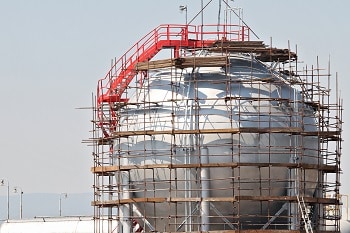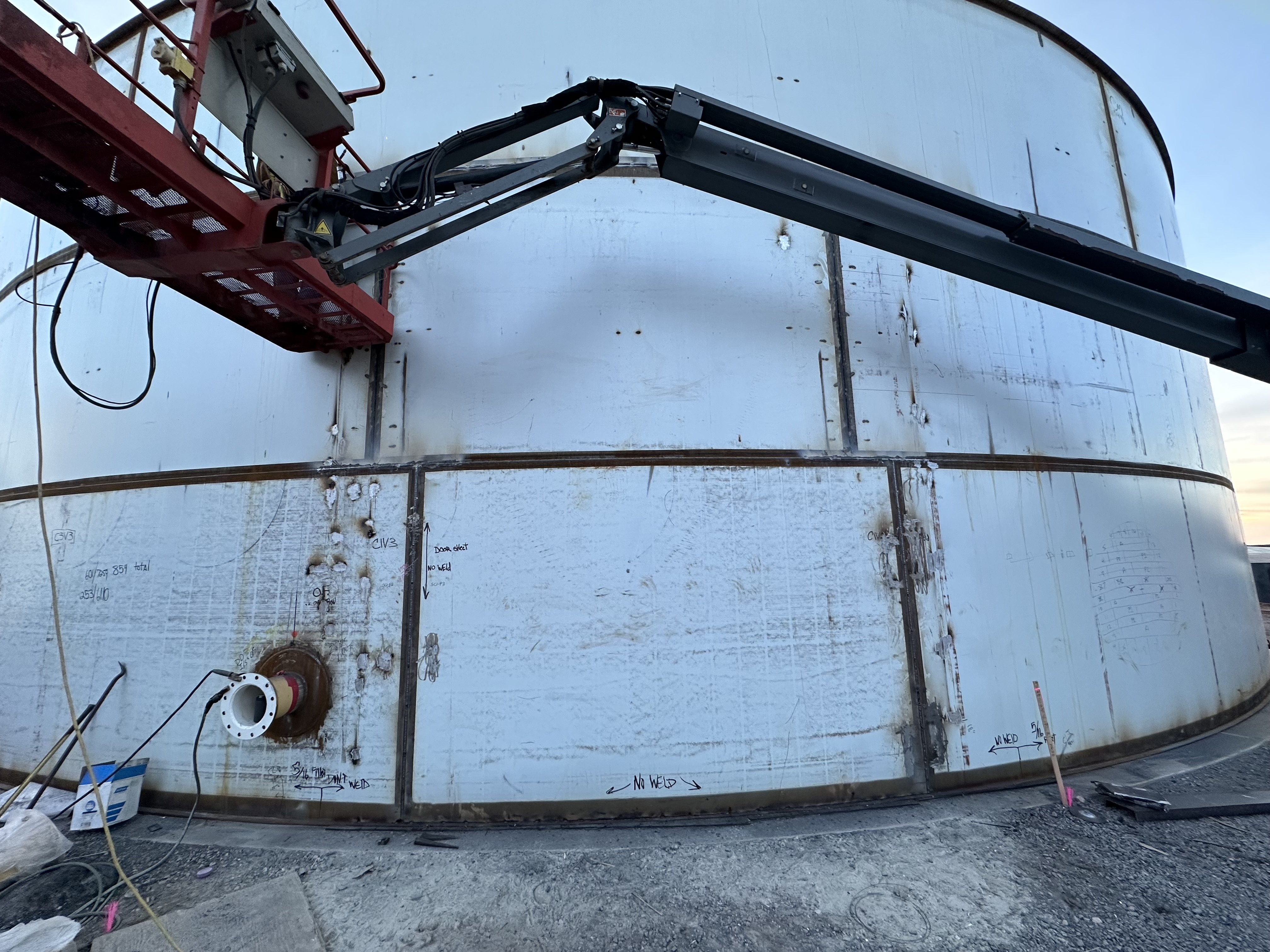Understanding the Key Actions In Tank Welding Inspection Procedures
Understanding the Key Actions In Tank Welding Inspection Procedures
Blog Article
The Essential Duty of Storage Tank Welding Examination in Ensuring Structural Stability and Security Compliance in Industrial Applications
In the world of commercial applications, container welding assessment emerges as a pivotal aspect in safeguarding structural honesty and guaranteeing conformity with safety and security regulations. Making use of a combination of methods such as aesthetic analyses and progressed screening techniques, these evaluations offer to recognize and alleviate possible imperfections prior to they escalate right into significant risks.
Relevance of Tank Welding Evaluation

Making sure conformity with industry requirements and guidelines is one more considerable aspect of tank welding evaluation. Regulatory bodies mandate strict guidelines for the building and construction and upkeep of tank, and thorough assessments help organizations abide by these demands. Non-compliance can result in extreme charges, including penalties and shutdowns, additionally emphasizing the demand for strenuous inspection methods.
Additionally, storage tank welding evaluation plays a vital function in keeping functional efficiency. In summary, the value of tank welding assessment lies in its capability to secure public health, secure the environment, and make sure compliance with regulative frameworks.
Secret Inspection Methods
Effective tank welding examination counts on a range of key strategies that ensure complete evaluation of weld high quality and architectural honesty. Amongst one of the most common techniques are aesthetic examination, ultrasonic testing, radiographic screening, and magnetic particle screening - Tank Welding Inspection. Each approach offers one-of-a-kind advantages in assessing various facets of the weld
Aesthetic assessment works as the first line of defense, permitting assessors to recognize surface area flaws, irregularities, or disparities in the weld bead. Ultrasonic screening employs high-frequency audio waves to spot internal flaws, such as splits or voids, giving a detailed analysis of weld honesty. This method is particularly effective in finding issues that might not show up on the surface area.
Radiographic testing makes use of X-rays or gamma rays to generate pictures of the welds, disclosing inner interruptions and supplying an irreversible record for future recommendation. This strategy is highly reliable for important applications where the danger of failure should be reduced.
Last but not least, magnetic particle screening is used to recognize surface and near-surface defects in ferromagnetic products. By using magnetic areas and fine iron bits, assessors can determine suspensions that could compromise the architectural stability of the container. Together, these methods form a durable framework for making certain high-grade welds in commercial applications.
Compliance With Safety And Security Criteria

Routine examinations play a pivotal role in making sure compliance by determining possible failings or deviations from suggested standards. Inspectors are trained to evaluate weld top quality, validate product specifications, and evaluate the overall architectural honesty of storage tanks. Their knowledge is crucial in making sure that welding processes fulfill the called for safety and security criteria.
Furthermore, conformity with security requirements not just shields employees yet additionally safeguards navigate to these guys the environment from prospective threats such as leakages or disastrous failings. Organizations that prioritize safety and security conformity are much better positioned to reduce threats, enhance functional effectiveness, and cultivate a culture of safety within their workforce. In summary, preserving strenuous conformity with security criteria is essential for the effective procedure of tank welding activities in commercial settings.
Benefits of Normal Assessments
Normal examinations are indispensable to maintaining the architectural stability and safety of bonded containers. These examinations give a systematic approach to recognizing prospective defects or weaknesses in the welds, making sure that any issues are dealt with prior to they intensify into considerable failures. By performing routine assessments, organizations can spot deterioration, fatigue, and other kinds of damage that may jeopardize container performance.
Additionally, consistent assessments contribute to compliance with sector policies and criteria. Following these guidelines click here for info not only mitigates lawful threats but additionally boosts the company's reputation for safety and dependability. Routine examinations cultivate a proactive security culture, motivating workers to identify and focus on the significance of tools honesty.

Instance Studies and Real-World Applications
Study and real-world applications show the concrete effect of reliable container welding inspection practices. One significant example is a large petrochemical facility that faced significant functional interruptions due to leakages in tank. Adhering to the application of rigorous welding inspection protocols, including aesthetic and ultrasonic screening, the facility determined important flaws in weld joints that might have caused catastrophic failures. This proactive strategy not just stopped environmental dangers but likewise conserved the company millions in possible cleanup prices and regulatory fines.
Likewise, a water therapy plant implemented a thorough assessment program for its container welding operations - Tank Welding Inspection. By including non-destructive screening approaches, the plant had the ability to spot very early signs of deterioration and tiredness in weld joints. This timely treatment extended the life-span of the websites storage tanks and made sure conformity with safety and security guidelines, thus protecting public wellness
These case studies emphasize the significance of regular and systematic storage tank welding inspections. By focusing on these practices, industries can alleviate risks, enhance structural honesty, and make certain conformity with security standards, ultimately causing enhanced operational effectiveness and lowered liabilities.

Final Thought
In verdict, storage tank welding inspection is a crucial element of maintaining architectural stability and security in industrial applications. Employing various examination techniques makes sure early discovery of potential problems, thereby protecting against disastrous failures.
Report this page